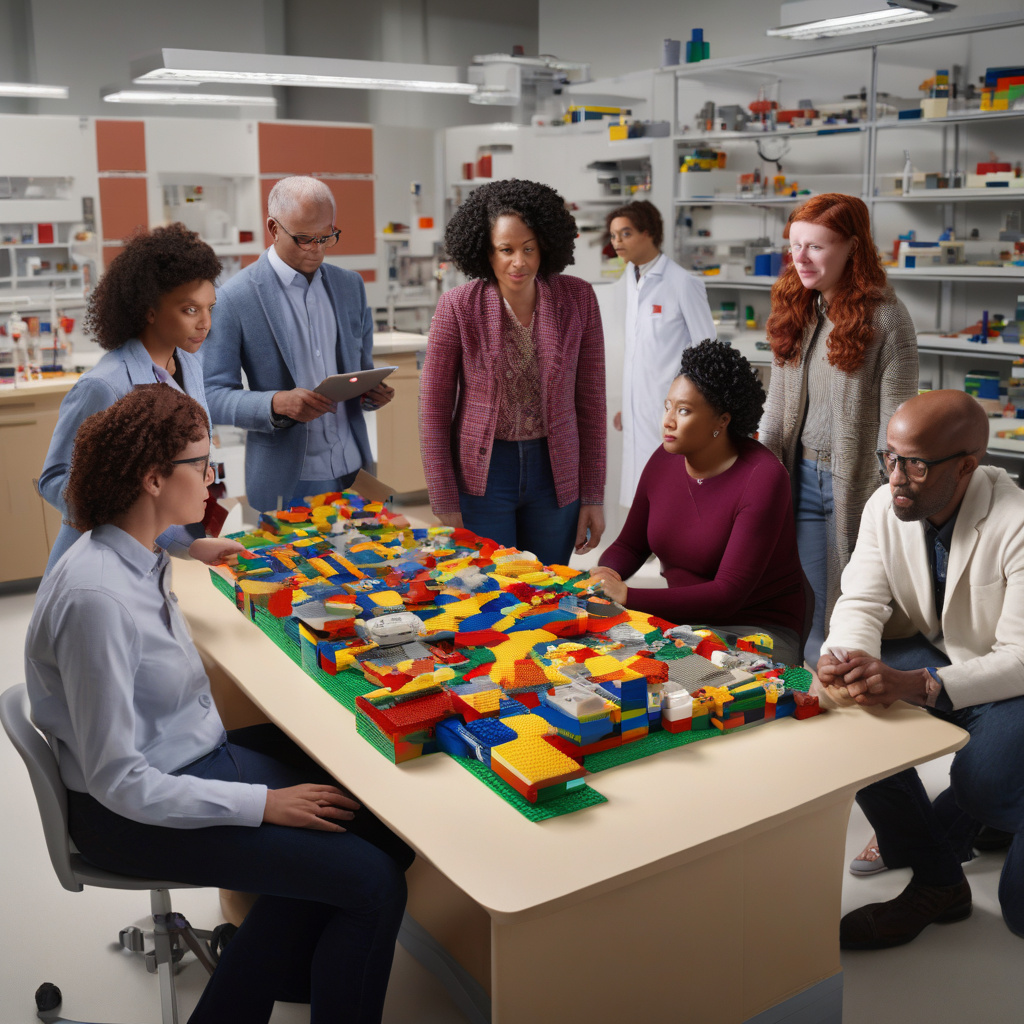Title: Building Blocks of Innovation: Exploring LegoGPT by CMU Researchers
In the fast-paced world of technology and innovation, the marriage of artificial intelligence and physical construction has opened up new possibilities. Researchers at Carnegie Mellon University have pushed the boundaries of creativity with their latest project, LegoGPT. This groundbreaking system leverages the power of large language models to transform text prompts into physically stable and buildable LEGO® structures.
Imagine a world where you can simply describe a LEGO creation in words, and it comes to life before your eyes. LegoGPT makes this a reality by combining intricate engineering constraints with natural language descriptions, resulting in designs that can be easily assembled either manually or by robotic systems. This fusion of AI and physical construction not only showcases the potential of technology but also highlights the endless opportunities for innovation in the field.
At the core of LegoGPT lies a sophisticated algorithm that interprets text prompts and translates them into tangible structures. By harnessing the capabilities of large language models, the system can understand complex instructions and generate designs that adhere to the principles of stability and feasibility. This seamless integration of AI and engineering principles ensures that the final LEGO creations are not only visually appealing but also structurally sound.
One of the key advantages of LegoGPT is its versatility. Whether you’re a seasoned builder looking to bring your ideas to life or a novice enthusiast eager to explore the world of LEGO construction, this system caters to a wide range of users. By enabling individuals to express their creativity through simple text prompts, LegoGPT democratizes the design process and makes it accessible to everyone, regardless of their technical expertise.
Moreover, LegoGPT opens up exciting possibilities for automation and efficiency in construction processes. By allowing robotic systems to interpret and execute the generated designs, this system paves the way for a future where AI and robotics work hand in hand to streamline complex construction tasks. From intricate architectural models to interactive prototypes, the applications of LegoGPT are as diverse as the imagination itself.
The impact of LegoGPT extends beyond the realm of LEGO enthusiasts and researchers. By showcasing the potential of AI in transforming abstract ideas into tangible creations, this project serves as a testament to the boundless capabilities of technology. It blurs the lines between virtual and physical realms, demonstrating how text-based instructions can manifest into real-world objects with precision and accuracy.
In conclusion, the introduction of LegoGPT by CMU researchers marks a significant milestone in the intersection of AI and physical construction. By harnessing the power of language models to generate stable LEGO structures, this project exemplifies the transformative potential of technology in unleashing creativity and innovation. As we look towards a future where AI continues to shape our world, LegoGPT stands as a shining example of how ingenuity and technology can converge to create something truly remarkable.

